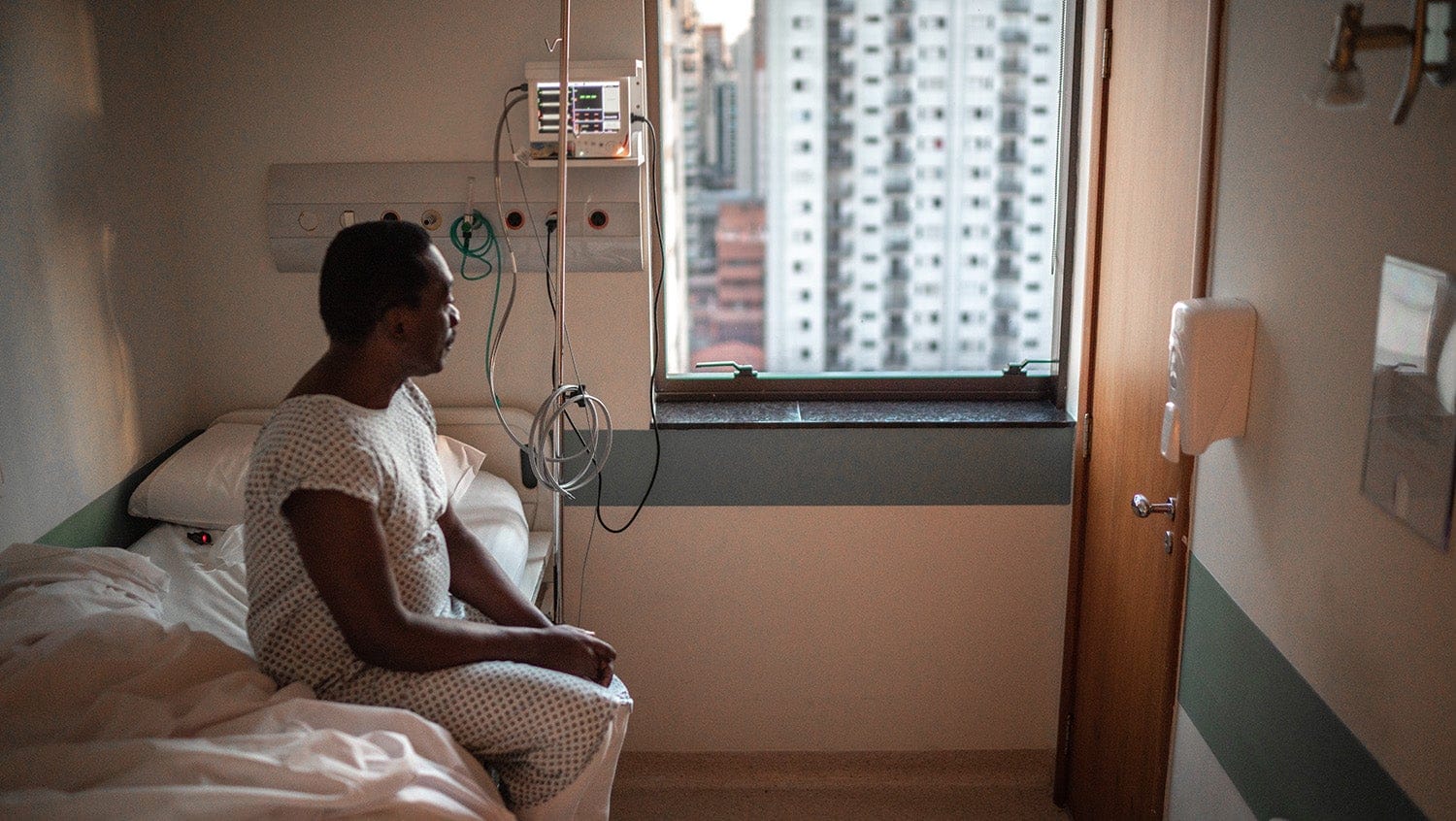Medicaid Expansion Did Not Decrease Racial Segregation in U.S. Hospitals
July 7, 2021

Getty Images
It raises questions on how patients decide where they receive care, and just as important, how structural racism plays a role in these decisions.
Data has historically shown that the majority of patients insured through Medicaid, as well as the uninsured, seek inpatient hospital care and services at safety-net hospitals. The Affordable Care Act expanded Medicaid to increase access to public insurance options for low-income individuals and families, as well as improve access to specialty medical care services. Results of a new study led by researchers at Boston Medical Center (BMC) show, however, that this expansion did not lead patients receiving care at safety-net hospitals to transfer their care to non-safety-net hospitals.
Published in JAMA Network Open, the national data review showed that discharges from safety-net hospitals in states that expanded Medicaid were higher among Black and Hispanic patients living in higher-poverty zip codes compared to white patients.
“While we thought that the expansion of Medicaid might lead some racial/ethnic minority patients to transfer their care to non-safety-net hospitals, where specialty care services can often be more accessible, our study results demonstrate that was not the case,” says Karen Lasser, MD, MPH, an internal medicine physician at BMC who is the study’s lead author.
Safety-net hospital data in Medicaid expansion states and what it could mean
Discharge data from 11 states that expanded Medicaid (New York, Pennsylvania, New Jersey, Kentucky, Illinois, Iowa, Arizona, Arkansas, Colorado, California, and Oregon) and 6 that did not expand Medicaid (Texas, Wisconsin, Florida, Georgia, North Carolina, and Virginia) between 2017 and 2021 were included in this study. This large data set included nearly 83% of the Hispanic population in the United States. Hospitals in the top quartile of the number of discharges among Medicaid and/or uninsured patients in 2012 were identified as safety-net hospitals. The data were grouped by age (26–64 years and 65+ years, with older individuals serving as a comparison group), zip code-poverty level, and race/ethnicity.
During the study period, the 17 states had a total of 18,289,417 Medicaid-covered and uninsured patient discharges—59.4% of the discharges were in states with expanded Medicaid and 40.6% in non-expansion states. Among patients between 26 and 64 years old in expansion states, discharges at safety-net hospitals were higher among Black and Hispanic patients (38.5% and 39.2%, respectively) compared to white patients (22.6%), and these discharges occurred among patients from zip codes with higher poverty levels. The data did not show any systematic changes in safety-net hospitalizations among Medicaid-insured or uninsured patients in either expansion or non-expansion states, as well as among all subgroups by race/ethnicity and zip code-level poverty.
“Our study results could indicate that some patients with Medicaid are satisfied with their care and benefit from the services, such as case management and medical interpretation, available at many safety-net hospitals,” added Lasser. “However, we need to improve our understanding of what drives these patients to make decisions about where they receive care, and just as important, address the underlying structural racism that may play a role in these decisions.”


